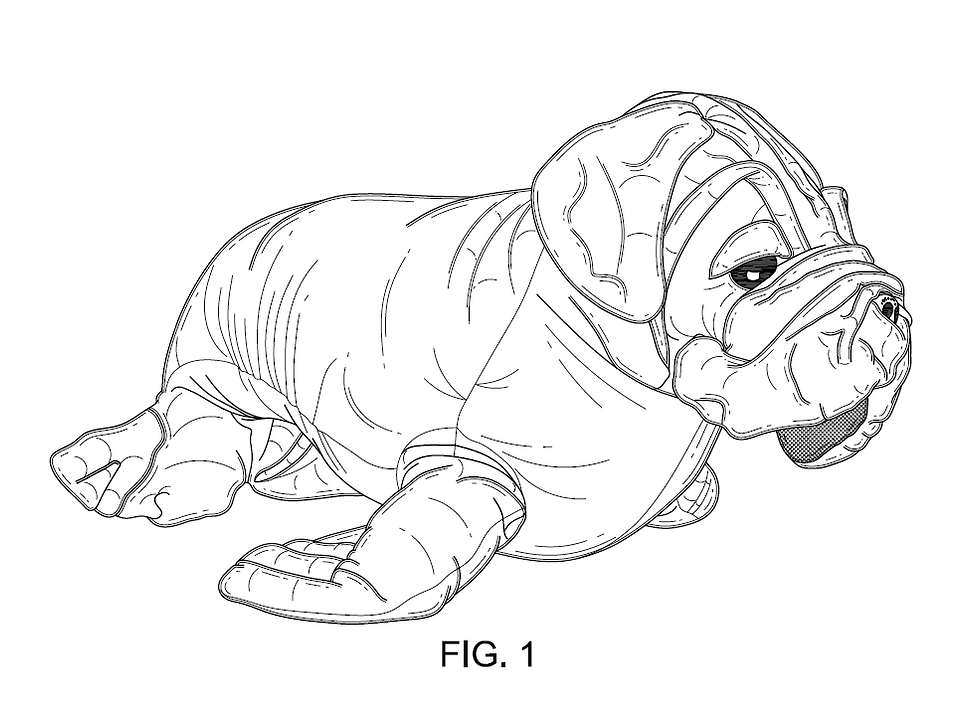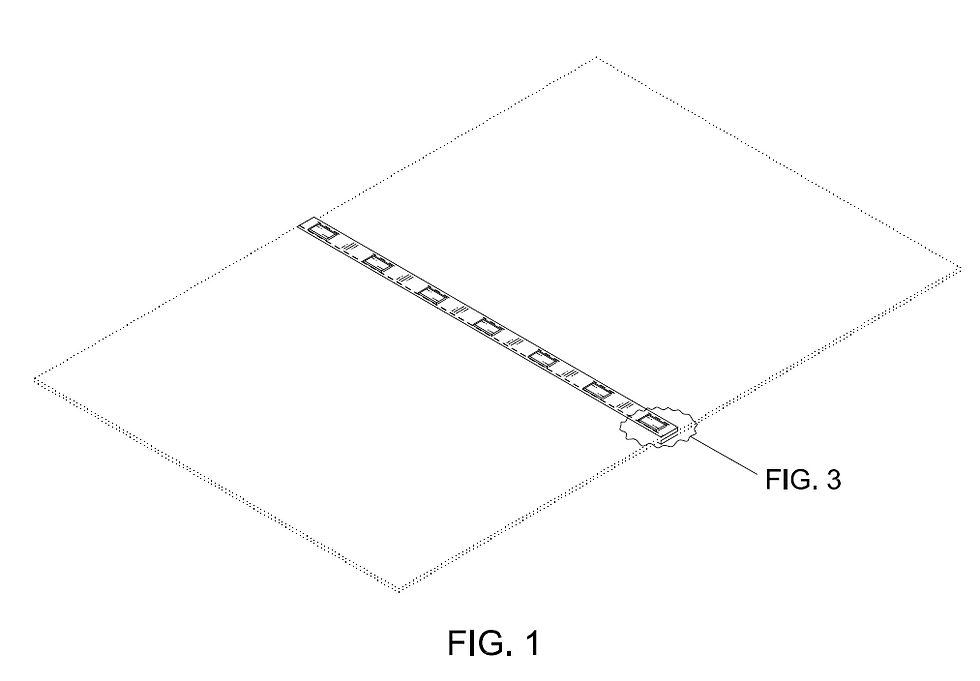Requirements of Design Patent Drawings
- Dipika Shaw

- Dec 6, 2024
- 3 min read
Updated: May 6
A design encompasses the visual decorative elements integrated into or applied to a manufactured product. A design patent safeguards the product's aesthetic look. Therefore, the illustrations are a vital part of a design patent application. The design drawings must adhere to specific fundamental standards. The topics outlined below highlight the key requirements to avoid rejections.
Drawings or Photographs
The drawings are a vital part of the application. Every design patent application must include a drawing or photograph of the claimed design. As this drawing or photograph constitutes the complete visual representation of the claim, it must be clear and detailed, ensuring that no element of the design intended for patenting is ambiguous.
The Views
The drawings or photographs should encompass sufficient views to completely display the appearance of the claimed design, including the front, rear, right and left sides, as well as the top and bottom. Perspective views are advised as they can efficiently showcase the appearance of three-dimensional designs. Utilizing a mix of plan, elevation, and perspective views in the drawings or photographs can help ensure compliance with the Office's disclosure requirements.
If a design's left and right sides are identical or mirror each other, one side can be depicted with a note in the drawing description stating that the opposite side is identical or a mirror image.
If the bottom of the design is flat, a view of the bottom may be omitted if a statement is made in the drawing description that the bottom is flat with no surface ornamentation.
In some cases, sides of the article that are not visible during normal use do not need to be shown.
A sectional view that helps to understand the external appearance of the design is permissible, however, a sectional view presented to show strictly the interior structure of the article is neither required nor permitted.
Surface Shading
Surface shading is essential to illustrate the character and contour of the surfaces in the claimed design. It is also crucial to differentiate between open and solid areas within the design. Solid black surface shading is only allowed when representing the colour black or for indicating colour contrast.
Broken Lines
The two most common uses of broken lines are to disclose the environment related to the claimed design and to define the bounds of the claim.
Elements depicted in the drawing that are not part of the claimed design can be differentiated by illustrating them with broken lines or dash lines.
Structure that is not part of the claimed design but is considered necessary to show the environment in which the design is used may be represented in the drawing by broken lines. This includes any portion of an article in which the design is embodied or to which the design is applied that is not considered part of the claimed design.
When the claim is directed only to surface ornamentation for an article, the article to which the surface ornamentation is applied must be shown in broken lines.
In general, when broken lines are used, they should not interfere with a clear understanding of the claimed design and should not be of heavier weight than the lines used in depicting the claimed design.
Occasionally, broken lines may be necessary to show features included in a claimed design, such as stitching on a garment. When broken lines are used, especially those that cross over the full line showing the design, it is critical that the description of the broken lines in the specification explicitly identifies their purpose so that the scope of the claim is clear.
If a broken line indicating the environmental structure must cross or intrude upon the depiction of the claimed design and hinders a clear understanding of the design, such an illustration should be presented as a separate figure, alongside other figures that display the design's subject matter without obstruction.
Broken or dashed lines should not be used to depict hidden planes and surfaces that are not visible through opaque materials.
Design Drawing and Shading Examples
Unclaimed Parts - Broken Lines - USD859156

Dotted Shading - USD967907

Stippled Lines Shading - CA225229

Transparent Shading Lines - CA185350

Irregular Lines Shading - CA183388

Shading on Plush Toys - USD967291

Fabric Stitching Lines in Design Drawings - Unclaimed parts in Dotted Lines - USD945125

Sectional Views in Design Drawings


Exploded Views to show Open and Closed State - USD983669


Indefinite or Extended Length Design Drawing - USD941950

Enlarged Views in Design Drawings - USD950983S1
















Comments